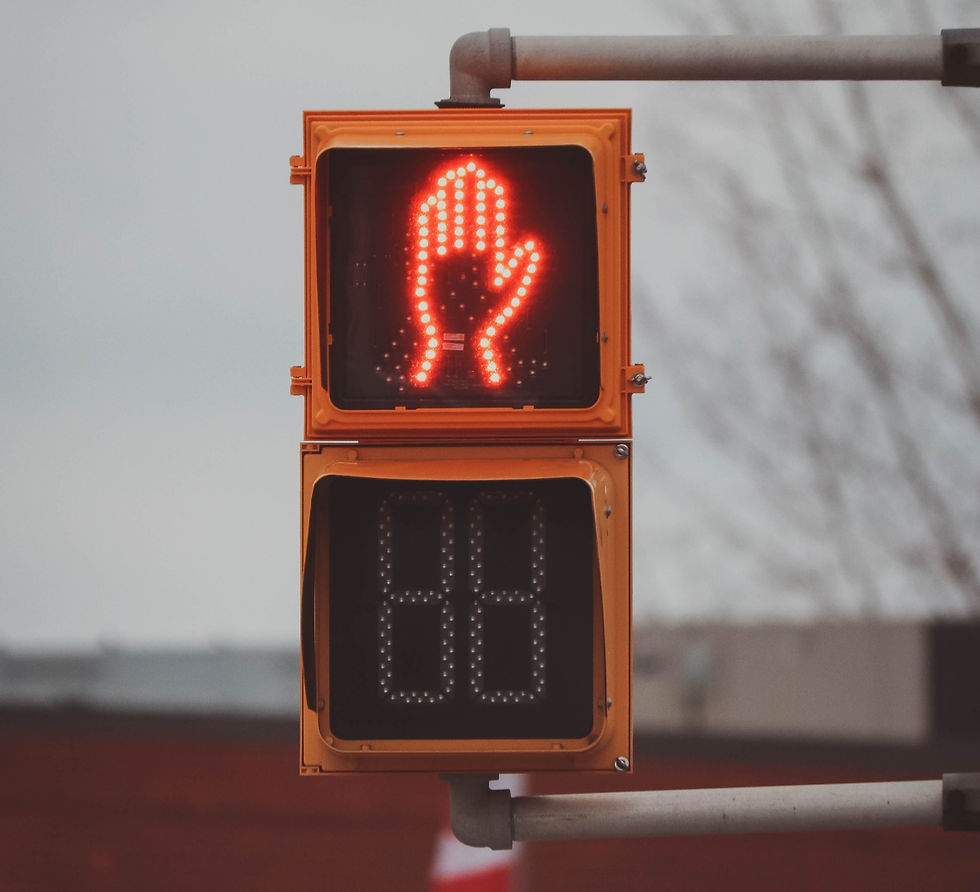Critical appraisal skills - the missing link for Therapists
- Jan 8, 2023
- 5 min read
Updated: Feb 7
I have written previously on the multiple issues with randomised controlled trials (RCT) in lymphatic disease management, (read other posts on RCTs),

and have suggested that we need to value other levels of evidence more highly and include them in systematic reviews (SR) (1).
The demand for level 1 studies is largely driven by academic needs, rather than tangible, clinically relevant outcomes.

When they do offer something useful it is rarely found within the abstract and conclusion. The bad news is that many of us didn't learn higher degree reading skills in our substantive training, and tend to rely on the author summary and conclusions.
Interpreting the results in the context of the methods used, and any previously published research may be well outside our personal skill base.
Even reading the text itself can be a challenge when it is written in analytical language and full of statistical values.
The good news is that these skills can be learned, and there are lots of free tools available to help you to train yourself in critical appraisal skills. Many employ a scoring or weighting system which can lead to oversimplification of the appraisal results.

I recommend you ignore the scoring system and use the instrument to guide the process of appraisal rather than distilling everything down to a single score.
The most useful tools are those which offer the opportunity to form a narrative review. You want the tool to lead you to the important information within the paper, and then help you understand it's importance to the overall validity of the findings.

Regardless of which tool you choose, using a series of questions or a checklist will help you to read what has been reported in a structured way. With repetition you will learn how to find and extract the important details that will allow you to assess the validity in the study design, or see the flaws in the methodology of each study.
This is why higher degree students must produce systematic reviews - it forces them to practice reading papers in a structured way so they can extract the data relevant to their research project.

We can train ourselves to do the same thing, and like all new skills the key is repetition. By reading a series of papers on similar topics using an appropriate appraisal tool you can train yourself to quickly pick out the important details in similar papers. The first few papers will seem very tedious, and you may find yourself going over the sections many times to find the answers to some of the questions. But it shouldn't take long to pick up the pattern in the appraisal process, and after a while you will not need to use the tool.

The next trick is to find relevance in the results to your clinical practice, and few appraisal tools include extraction of the qualitative data that would give context and meaning to the results (2). Its one thing to assess whether the results are valid, and another to determine their clinical relevance.
For this we need to ask if the study resembles a) my client population, b) the modalities I have at hand, and c) my access to resources such as measuring devices.
The recent De Vries paper (3) is a good example if an RCT which ticks all the check boxes for level 1 evidence, but on closer inspection does not pass the clinically relevant test.

For the first question a) does the study population resembles my clients? If I have a lot of clients with unliteral breast-cancer related lymphoedema (BCRL) then I can answer yes to this. If I have a mixed population including breast oedema, lower limbs, head and neck lymphoedema and complex presentations, then no, the study population does not resemble my clients.
So at best I can only apply the results to a small group of arm clients, not all my lymphoedema clients.

For criteria b), does the intervention resemble the modalities I use, the answer is no. The comparison group received what is termed "traditional MLD", which is supposed to represent usual MLD practice. But the description of the techniques and sequencing does not resemble the way in which I apply MLD in lymphoedema management. In the De Vries study...
"...the therapist applied hand movements based on the normal anatomy of the lymphatic system without knowledge of the participant-specific lymphatic architecture, and pressure up to 40 mmHg".

Which to me seems an inappropriate way to go about treating arm lymphedema (?). I'm surprised it passed the ethics committees and peer reviewers, but not at all surprised that fluid collected at the shoulder and trunk after the treatment.
The MLD which I learned is always adapted according to the history and presentation, The pressure and technique vary according to the stage and status of the skin and connective tissues, and in response to the changes that the therapist detects by palpation during therapy.

In the group receiving fluoroscopy-guided MLD,
'...some manual techniques differed and higher pressures were applied in the regions with evidence of dermal backflow and/or rerouting.
This sounds more like MLD as I know it, and had the 'traditional MLD therapist been able to make similar adjustments according to presentation and palpation, the results may have told me something useful.
As it is I cannot accept the author conclusions that MLD did not provide any clinically important additional benefits when added to other components of decongestive lymphatic therapy.
What they have shown is that fluoroscopy guided MLD, generically applied MLD and the group receiving massage all had benefited and volumereduction, without much variation between techniques. So another conclusion could be that doing any kind of manual therapy adds benefit. They haven't told me anything useful about MLD as it is applied in most lymphoedema clinics.

The third criteria, c) how much does this resemble my access to resources such as measuring devices, highlights that even if they had found a significant benefit using the fluoroscopy-guided MLD, this would be of little clinical value to me as I do not have access to this procedure.
So all in all this study ticks all the boxes for an RCT, but almost none of the boxes for clinically relevant information that I can use with my clients.
1. Douglass, J. (2022). Evidence-based practice or practice-based evidence? Why pursuing level 1 evidence is leaving lymphoedema behind.
Journal of Lymphoedema, 17(No 1), 8-11. Retrieved from https://www.woundsinternational.com/journals/issue/662/article-details/evidence-based-practice-practice-based-evidence-why-pursuing-level-1-evidence-leaving-lymphoedema-behind
2. Katrak, P., Bialocerkowski, A. E., Massy-Westropp, N., Kumar, V. S. S., & Grimmer, K. A. (2004). A systematic review of the content of critical appraisal tools. BMC Medical Research Methodology, 4(1), 22. doi:10.1186/1471-2288-4-22
3. De Vrieze, T., Gebruers, N., Nevelsteen, I., Fieuws, S., Thomis, S., De Groef, A., . . . Devoogdt, N. (2022). Manual lymphatic drainage with or without fluoroscopy guidance did not substantially improve the effect of decongestive lymphatic therapy in people with breast cancer-related lymphoedema (EFforT-BCRL trial): a multicentre randomised trial.
Journal of Physiotherapy, 68(2), 110-122. https://doi.org/10.1016/j.jphys.2022.03.010
4. Cristina de Sousa Pedrosa, B., Machado Manhães de Castro, P., Santos, L. V. S. e., Lima de Andrade, D., Florencio Vilaça, A., Pinheiro Júnior, J. E. G., . . . de Castro, C. M. M. B. (2022). Effects of complex decongestive therapy and aquatic physiotherapy on markers of the inflammatory process in individuals with lymphedema. Physiotherapy Theory and Practice, 1-9. doi:10.1080/09593985.2022.2143252
.png)



Comments